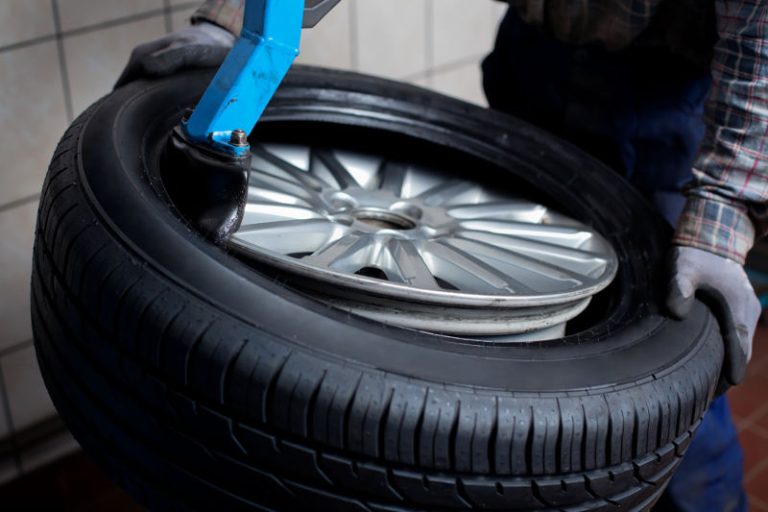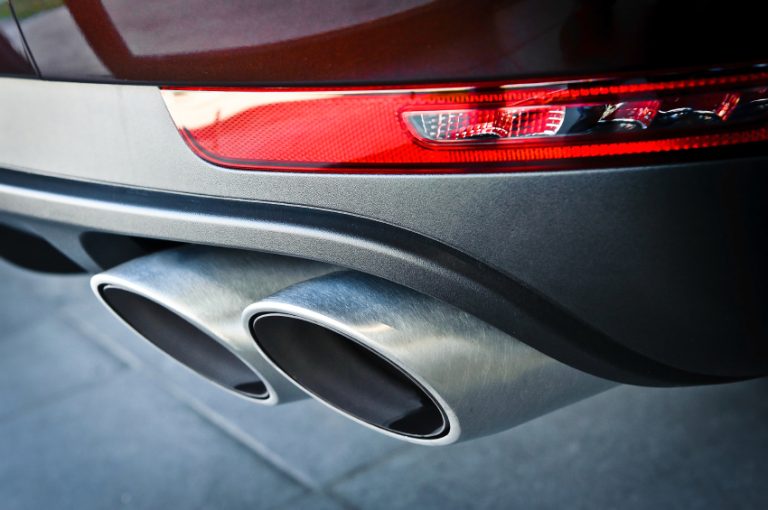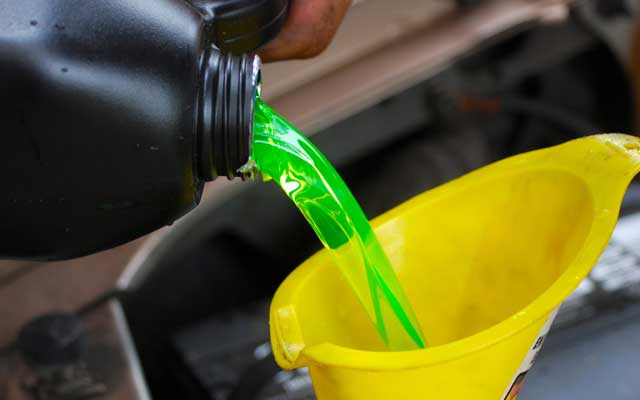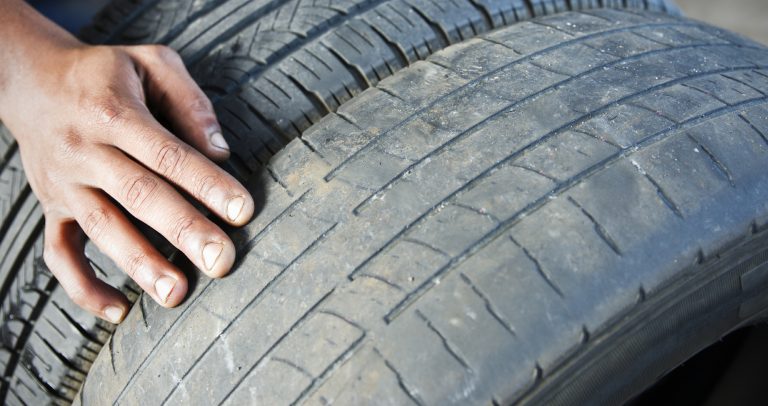What Is A Control Arm On A Car
The control arm is sometimes disregarded by regular drivers when it comes to the intricate system of components that keep a car operating efficiently. Nevertheless, this inconspicuous part is essential to the car’s suspension system. Better handling, comfort, and safety while driving are guaranteed by a healthy control arm. However, what is a control arm, and why is it important? This post will discuss its importance, how it works, and the warning indications to look out for in order to prevent expensive repairs.
What Is a Control Arm and Why Is It Important?
A control arm, often known as an A arm, is a crucial part of your car suspension system. Its primary purpose is to attach the wheel hub and steering knuckle to the vehicle’s chassis. The control arm maintains the wheel’s alignment with the vehicle’s body while enabling the wheel to move up and down when the vehicle passes over bumps and uneven terrain. In order to guarantee stable handling, improved ride quality, and overall stability, this activity is essential.
Your car’s suspension system wouldn’t be able to manage road irregularities if your control arm weren’t working correctly, which would result in poor performance and more wear on other parts. It is impossible to overestimate the significance of the control arm—it supports your car’s general handling performance, enhances tire wear, and helps maintain the alignment of the vehicle.
The Role of the Control Arm in Your Car’s Suspension System
The purpose of suspension systems is to cushion impacts and maintain vehicle stability, particularly while traversing uneven terrain. One of the main parts in charge of this steadiness is the control arm. Its placement between the wheel and the vehicle chassis enables the suspension to transfer forces into the car’s body from road irregularities without causing the system as a whole to become unstable.
Additionally, by keeping the wheel at the correct angle, the control arm helps avoid misalignment, which may result in poor tire wear or even loss of control. Because of this, the control arm is a crucial part of the suspension system. Which improves handling, safety, and the quality of the ride..
What Does a Control Arm Do?
Controlled wheel movement is the main function of the control arm, which connects the wheel center to the car structure. In response to bumps or dips in the road, it allows the wheel to rise and fall while preserving the body of the vehicle’s stability. Your car’s handling and ride quality would suffer if the control arm were removed, since it would no longer be able to absorb shocks as effectively.
The control arm adds to the overall steering dynamics in addition to maintaining wheel alignment. It guarantees that the steering system functions as intended when it is properly maintained, keeping your vehicle responsive and making driving simpler.
How the Control Arm Affects Your Car’s Ride Quality
The vehicle’s suspension system absorbs shocks from the road as you drive, making the ride more comfortable. Rougher rides may result from a worn-out or broken control arm since the suspension is unable to effectively absorb those shocks. This often makes the ride bouncy or unstable, especially over uneven or rugged terrain.
Your car may have damage to the control arm or other suspension parts if you notice that it seems to be swaying or becomes harder to control as you drive over bumps. A more pleasant driving experience results from the suspension system operating at its best, thanks to routine control arm maintenance.
Types of Control Arms
There are two main types of control arms in most vehicles: upper control arms and lower control arms. Each type serves a similar function but is positioned differently within the suspension system.
- Upper Control Arms: These are typically found in the upper section of the suspension, connecting the vehicle frame to the wheel hub or steering knuckle.
- Lower Control Arms: Positioned lower in the suspension system. These control arms carry more of the vehicle’s weight and are subjected to more stress than upper control arms.
Understanding the type of control arm your vehicle uses can help you in selecting the correct replacement parts when repairs are necessary.
Upper Control Arms vs. Lower Control Arms: What’s the Difference?
The location and amount of tension that upper and lower control arms experience are the main distinctions between them. The forces produced while driving are usually handled by the lower control arms. Which also supports a greater portion of the vehicle’s weight. As a result, they are often larger and stronger than the upper controlling arms.
However, both kinds cooperate to maintain the suspension system’s effectiveness, guaranteeing that the wheels move as needed without sacrificing handling or stability. To maintain balanced performance throughout the suspension system. It is crucial to make sure that both of these parts are in excellent condition before replacing any one.
Signs That Your Control Arm Needs Replacement
A worn or damaged control arm can cause a variety of issues. Here are some common symptoms to watch for:
- Clunking Sounds: If you hear clunking or knocking noises when driving over bumps, this could be a sign of a damaged control arm or worn-out bushings.
- Vibrating Steering Wheel: A loose or faulty control arm can cause vibrations in the steering wheel, especially when driving at higher speeds.
- Uneven Tire Wear: If your tires show signs of uneven wear. It may indicate misalignment caused by a faulty control arm.
How to Identify Control Arm Problems Before They Become Serious
Keep an ear out for odd noises, check for tire wear, and pay attention to any changes in the way your vehicle behaves. Early detection of control arm problems may help you avoid risky driving situations and more serious damage to other suspension components.
Why Is the Control Arm So Important?
Your car’s suspension system wouldn’t be able to operate correctly without the control arm. Which would result in poor handling, misalignment, and a lower-quality ride. Both your safety and the durability of your vehicle depend on the control arm being in excellent working order.
How Control Arms Impact Vehicle Performance
Longer tire life, smoother rides, and improved handling are all influenced by a well-maintained control arm. Conversely, a broken control arm causes poor alignment, a rough ride, and increased wear on other suspension parts.
Routine Checks and Maintenance for Longevity
The longevity of your control arm can be significantly increased with regular checks. Keeping the suspension system in good condition by maintaining proper alignment and replacing worn parts early will save you from costly repairs in the future.
Conclusion
The control arm is a crucial component in your vehicle’s suspension system. Keeping it in good condition ensures a smoother ride, better handling, and greater safety. Regular inspection and timely replacement of worn-out parts are essential for your car’s performance and longevity. Don’t overlook the importance of the control arm; paying attention to it now can save you from costly repairs and improve your driving experience.







